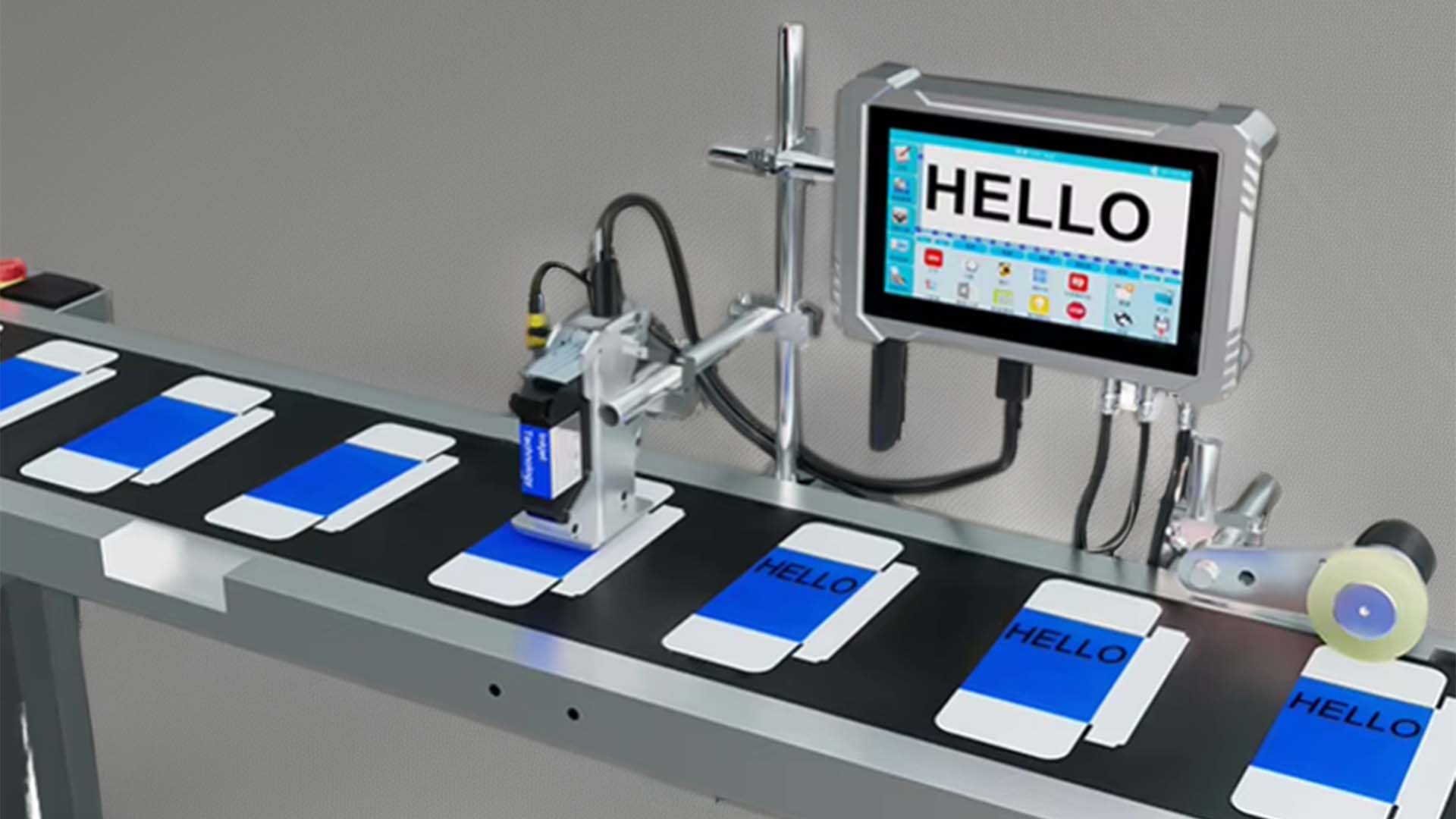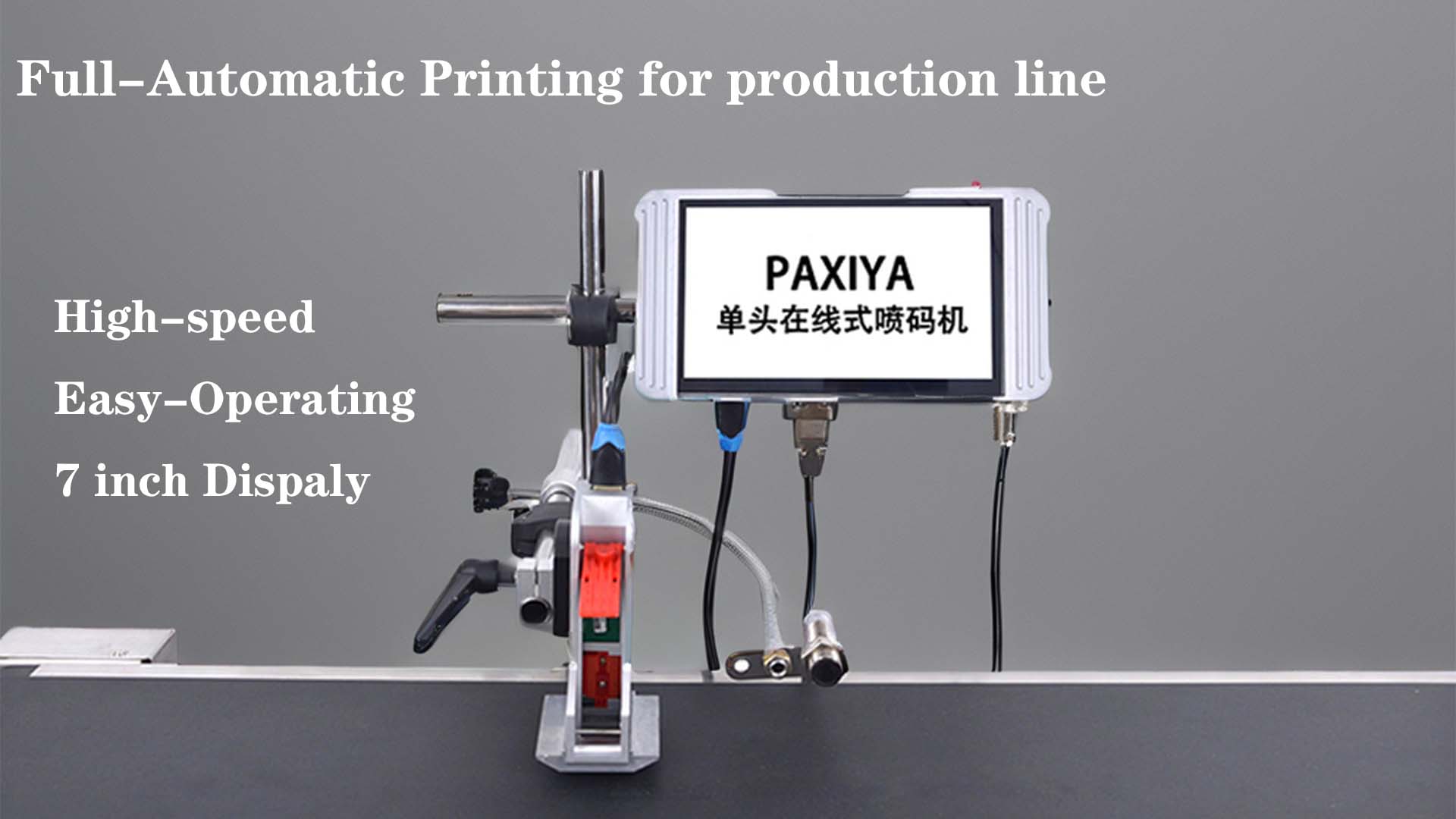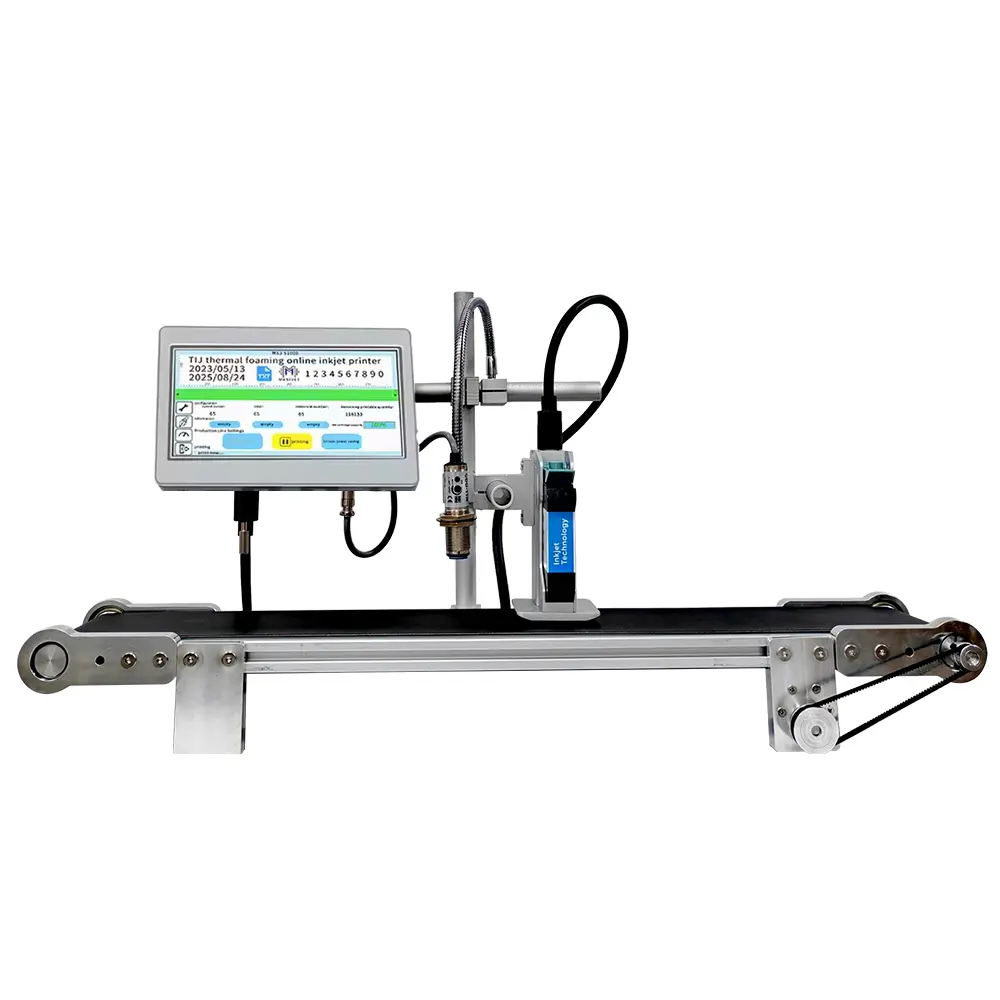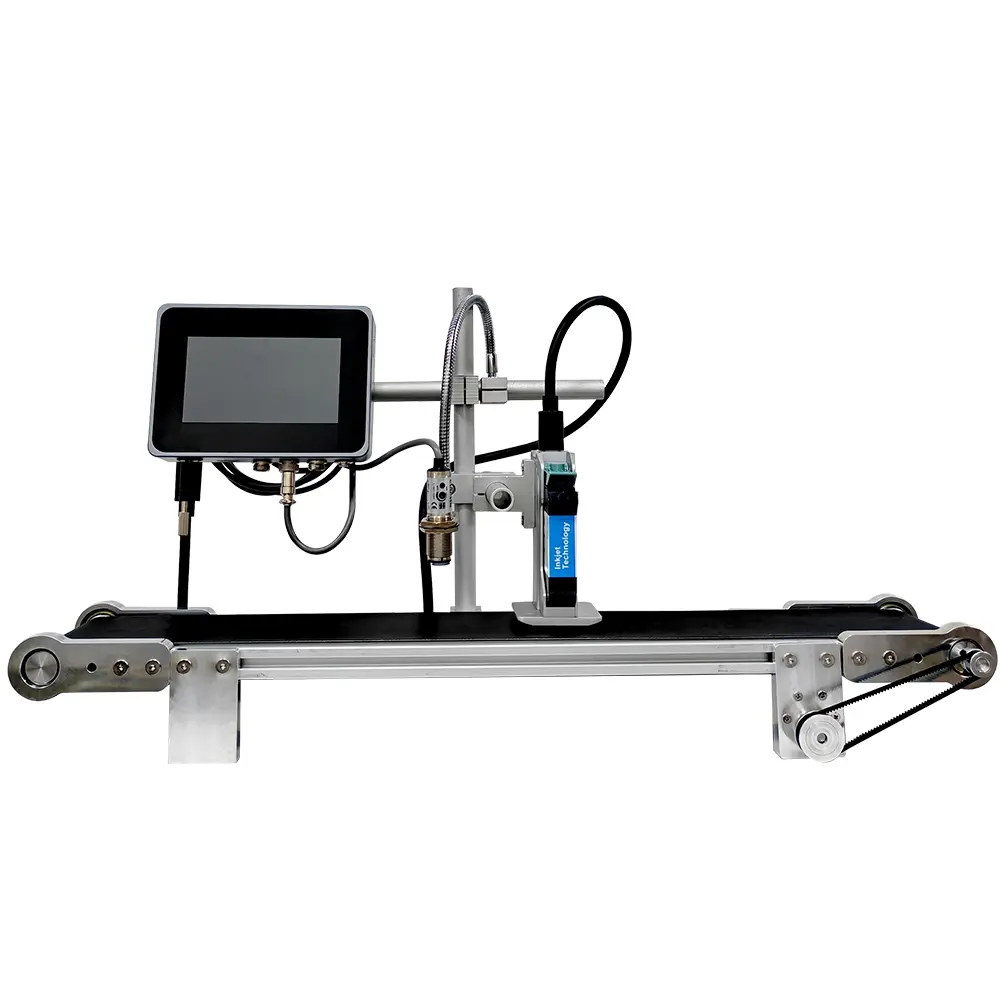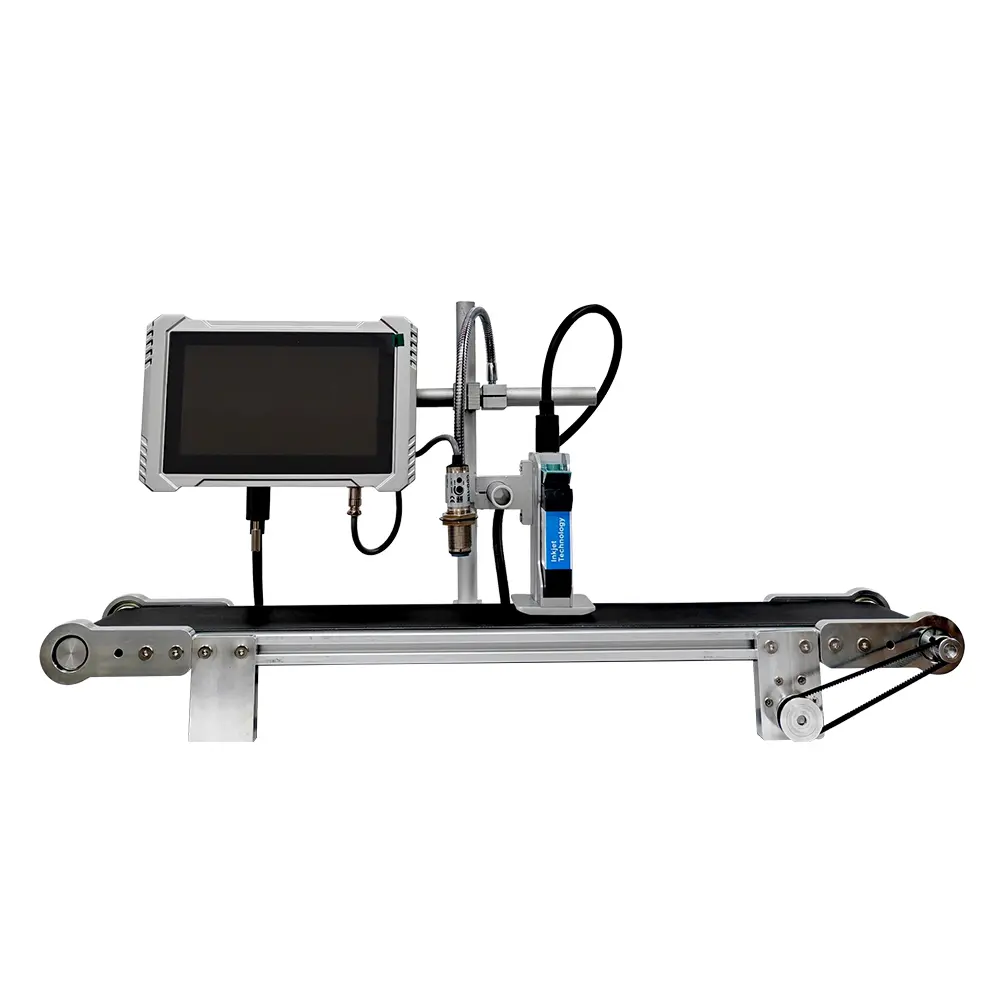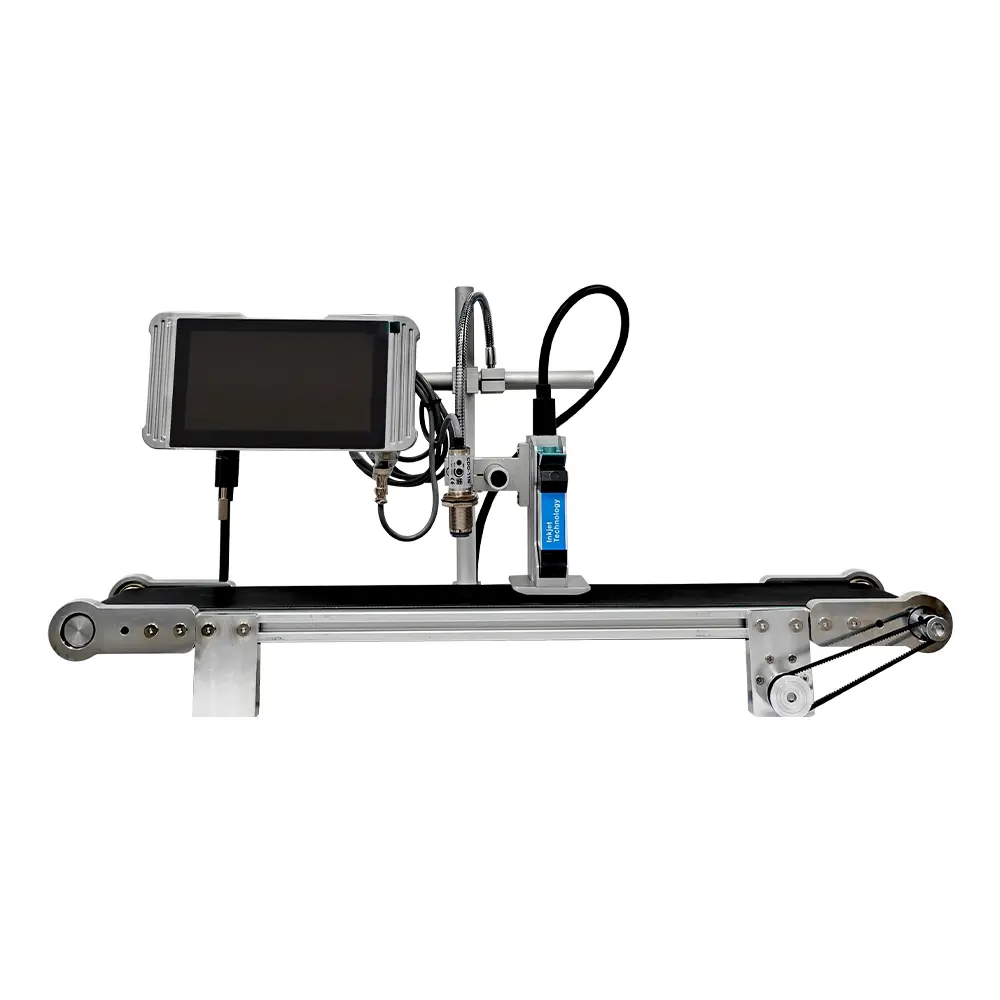Thermal Inkjet Printer: Pros and Cons Explained
Introduction to Thermal Inkjet Printers
A thermal inkjet printer (TIJ) is a popular and cost-effective printing technology used in various industrial and office applications. Known for its speed, simplicity, and low maintenance, this type of printer is often chosen for medium- and low-speed production lines. In this article, we'll explore the pros and cons of thermal inkjet printers, how they work, and why businesses might choose them for their printing needs.
How Does a Thermal Inkjet Printer Work?
Thermal inkjet printing, also known as bubble jet technology, works by using a heating element to create tiny bubbles in the ink. This process, which was invented by Canon in 1979, involves heating the ink to create vaporized bubbles that push ink out through the nozzle onto the surface being printed.
- Heating Element: When the printer is powered on, the heating element warms up quickly and vaporizes the ink, creating tiny bubbles.
- Ink Droplet Formation: The pressure created by the vaporized ink forces the ink droplets to form and exit the nozzle, landing on the print surface.
- Refill Process: Once the ink droplet is ejected, the chamber refills using a siphon effect to prepare for the next print cycle.
This entire process happens incredibly fast, making thermal inkjet printers highly efficient for specific applications.
Pros of Thermal Inkjet Printers
- High Speed: One of the major advantages of thermal inkjet printers is their speed. They can print quickly without compromising on print quality, making them ideal for medium- to low-speed production lines.
- Low Maintenance: Compared to other printer types, thermal inkjet printers require less maintenance. They have fewer moving parts and are generally more durable, reducing the overall operational costs.
- Cost-Effective: Thermal inkjet printers are typically more affordable than other types of inkjet printers, such as continuous inkjet printers. They also consume fewer supplies, which lowers ongoing costs.
- Compact and Simple Design: The simplicity of the design makes thermal inkjet printers easy to integrate into production lines, as well as simple to operate and maintain.
- Energy Efficiency: Thermal inkjet printers use very little energy compared to some other printing technologies, further adding to their cost-effectiveness.
- Versatile Applications: Thermal inkjet technology can be used in a wide variety of industries, from electronics to packaging, thanks to its ability to print on different substrates, such as paper, plastic, metal, and textiles.
Cons of Thermal Inkjet Printers
- Limited Ink Viscosity Range: One of the major drawbacks of thermal inkjet technology is its limited ink viscosity range. Only inks with low viscosity can be used effectively, which can affect printing accuracy on certain materials or for certain print jobs.
- Environmental Sensitivity: Thermal inkjet printers can be sensitive to environmental conditions such as temperature and humidity. These factors can impact print quality, leading to inconsistent results if not carefully controlled.
- Adjustment Complexity: Achieving a perfect printing effect often requires multiple adjustments. During the debugging process, there is unavoidable waste, which can reduce efficiency, especially in large production runs.
- Single Heating Element: In thermal inkjet printers, the heating element and the inkjet head are combined. If the heating element fails, the entire inkjet head must be replaced, leading to additional costs and potential downtime.
- Limited Durability of Nozzles: The printheads used in thermal inkjet printers can wear out over time, particularly if used with low-quality inks or in harsh environments.
What Is a Thermal Inkjet Printer?
A thermal inkjet printer is a type of inkjet printer that uses heat to produce ink droplets. The process involves heating the ink until it vaporizes, creating bubbles that force the ink out of the nozzle onto the printing surface. This technology is widely used in a variety of applications, including industrial printing, office documents, and even printed electronics.
Should You Choose a Thermal Inkjet Printer?
Choosing a thermal inkjet printer depends on the specific needs of your business. If you’re looking for an efficient, cost-effective printer for medium- and low-speed production lines, a thermal inkjet printer can be a great choice. However, it’s important to be aware of its limitations, such as ink viscosity constraints and sensitivity to environmental conditions.
By understanding the pros and cons of thermal inkjet printers, you can make an informed decision and select the right technology to meet your printing requirements.
